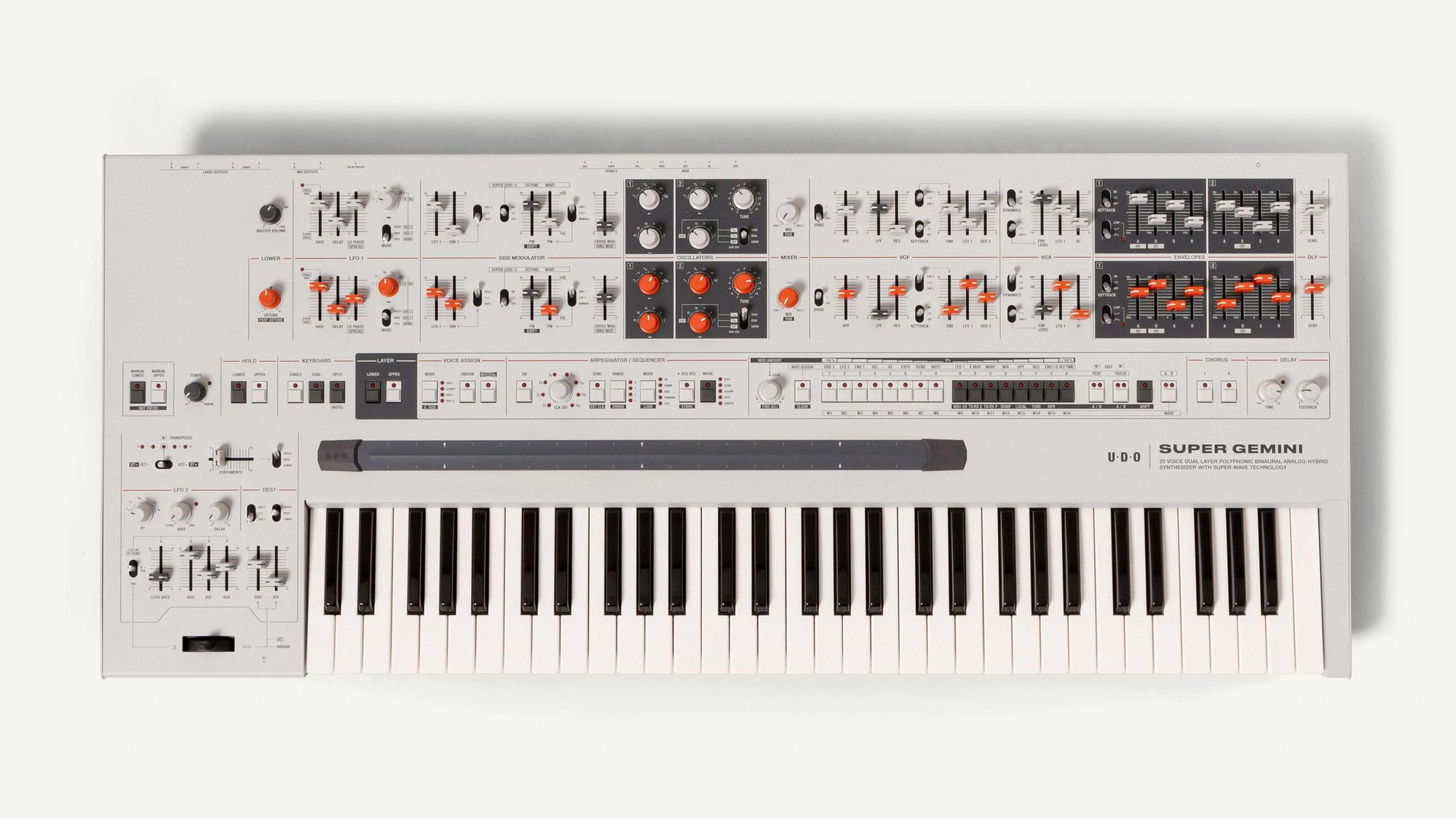
As the festive season approaches, it's once again time for us to reflect on another year in music technology. What better place to start than the synthesizer, the most beloved of electronic instruments?
1. UDO Super Gemini - Winner
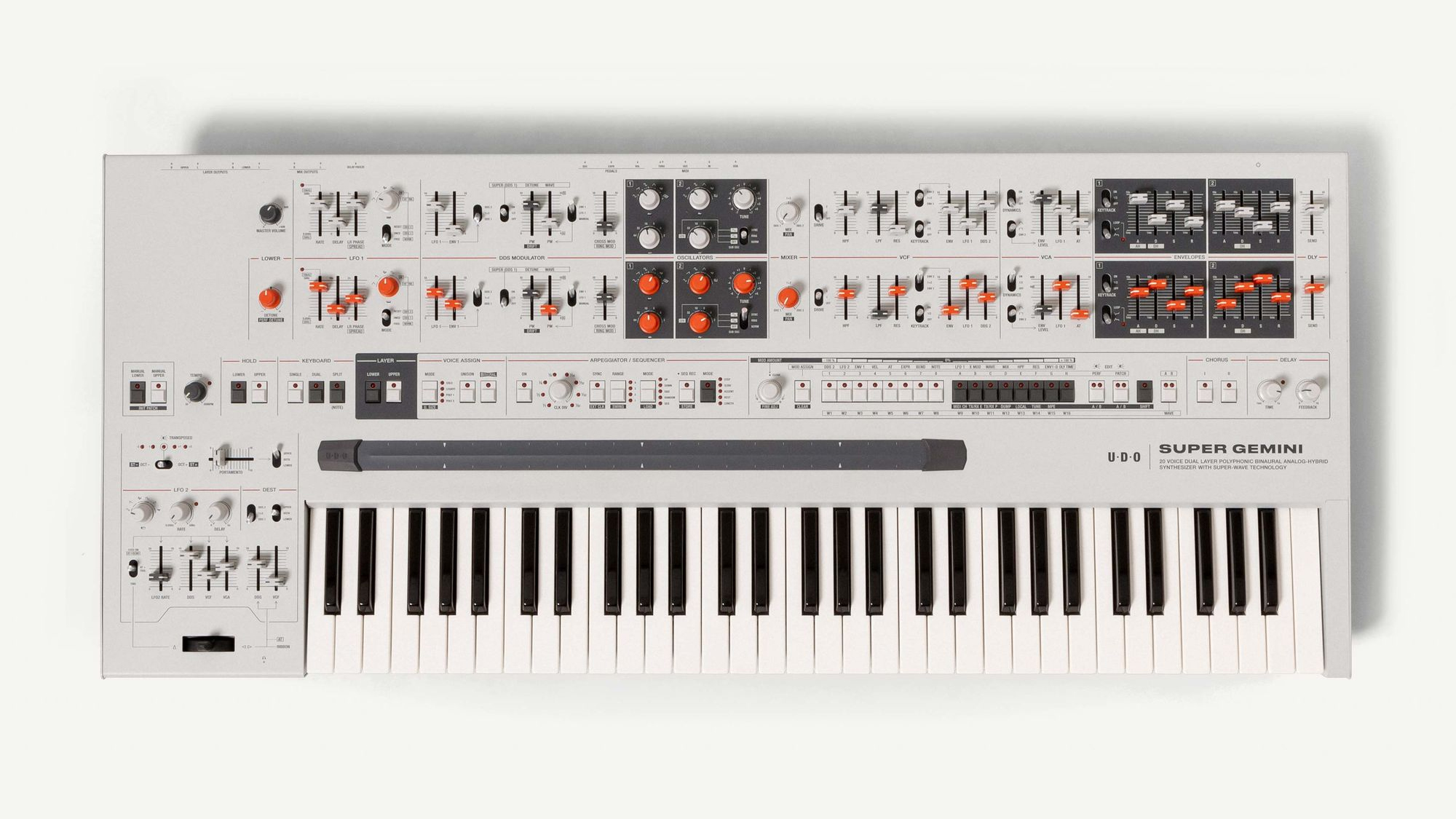
Though UK synth brand UDO is a relatively small, independent operation, it’s already released one of the most significant new synths of the decade: the groundbreaking, binaural Super 6. This follow-up is even more ambitious and impressive.
Again, the engine is true stereo and binaural, and combines elements of vintage-inspired analogue with hi-res digital oscillators and precise modern controls. Here the engine is split into two distinct layers, which can create rich, deep sounds with up to 20 voices of polyphony. It’s early days for the Gemini, but it’s already impressed us immensely – expect a full review soon.
2. Sequential Trigon-6
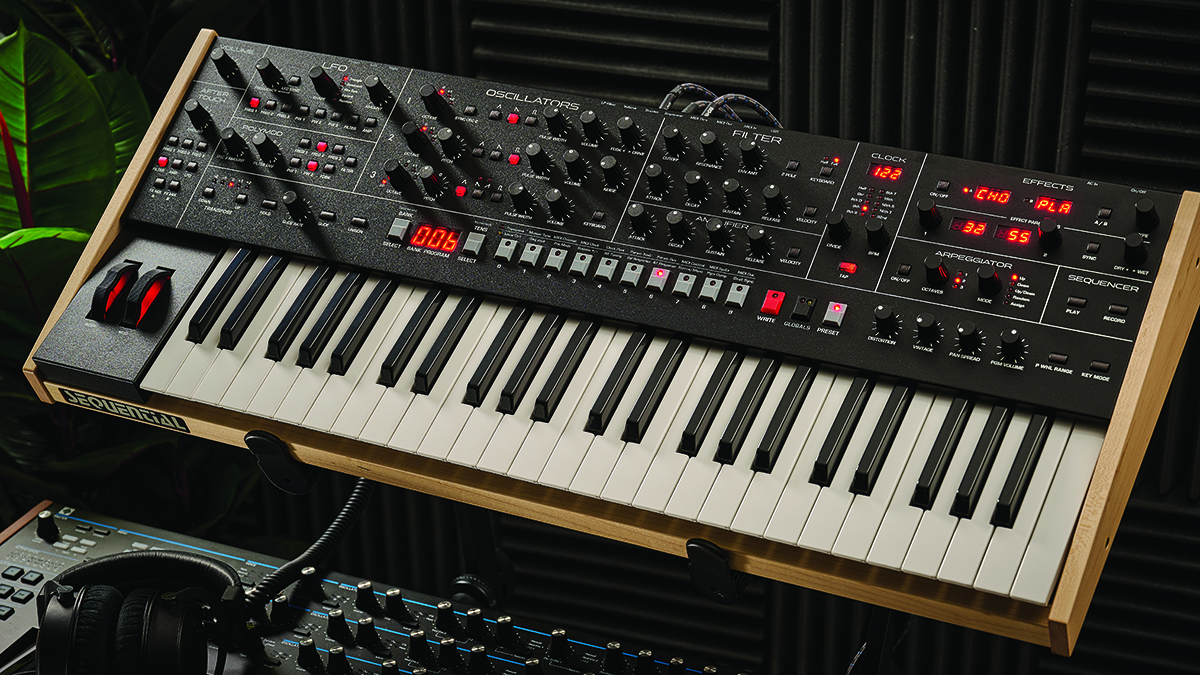
One of the year’s most notable synths, Sequential’s Trigon-6, comes with a tinge of sadness, as it marks the last instrument designed by late Dave Smith. The Trigon is a fitting tribute, with plenty of the rich analogue character that has been a Sequential hallmark since the ’70s. It also adds a major Moog influence though, via its Polymoog-style ladder filters.
3. Expressive E Osmose
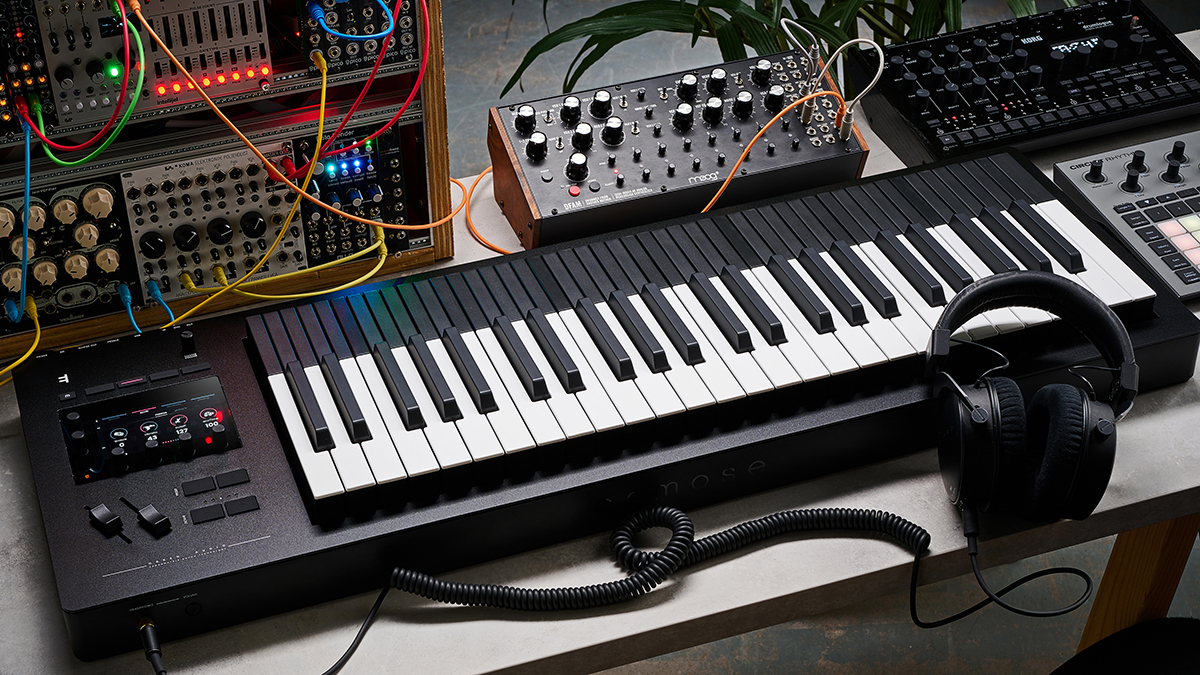
Taking a more modern design approach, Expressive E’s first hardware instrument, Osmose is a synth that puts expressivity first. Its 49-key ‘gesture sensitive’ playing surface offers new levels of expression that go beyond the capabilities of a traditional synth or piano, but without losing the familiar feel of a traditional keyboard in the way that Roli’s Seaboards do.
The EaganMatrix sound engine, borrowed from Haken Audio’s Continuum Fingerboard, might be nothing new, but its range of digital, virtual analogue and physical modelling synth sounds are still inspiring. In all it’s an innovative, impressive step for Expressive E.
4. IK Multimedia UNO Synth Pro X
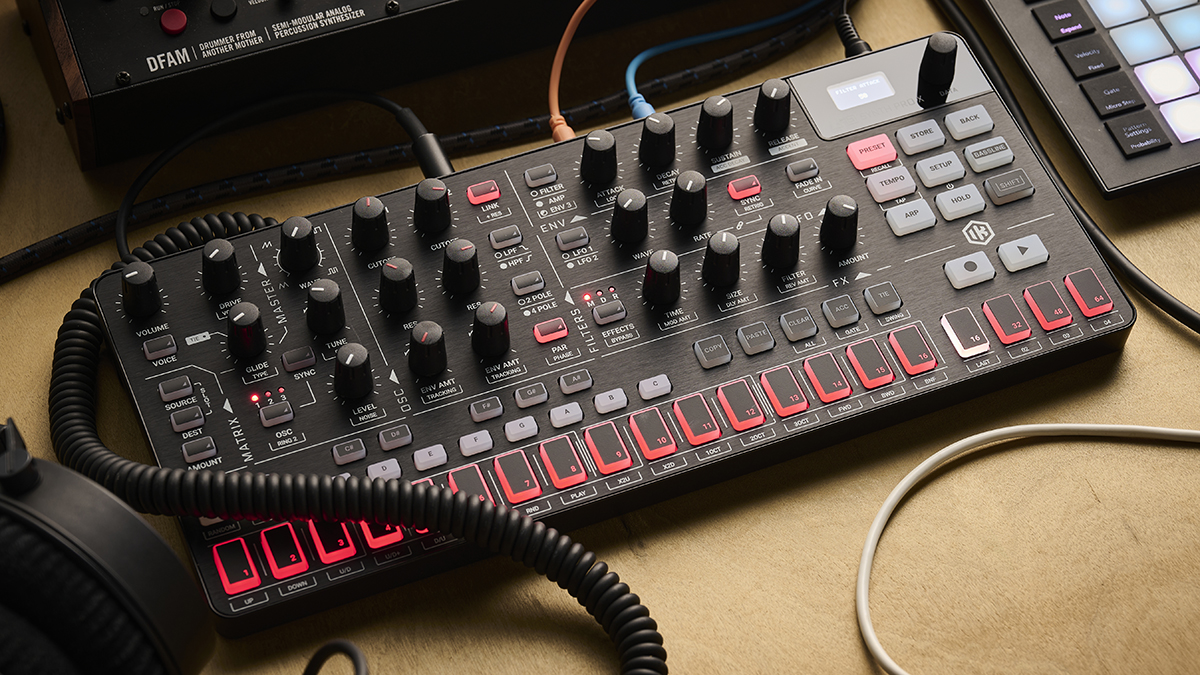
Another synth that puts a fresh spin on a familiar sound engine is IK Multimedia’s UNO Synth Pro X. While it is, in essence, a repackaged version of the Italian brand’s existing UNO Synth Pro, sporting the same paraphonic analogue design and dual filter setup, the newly tactile, knob-laden interface and revamped sequencer make for the best UNO experience so far.
5. Intellijel Cascadia
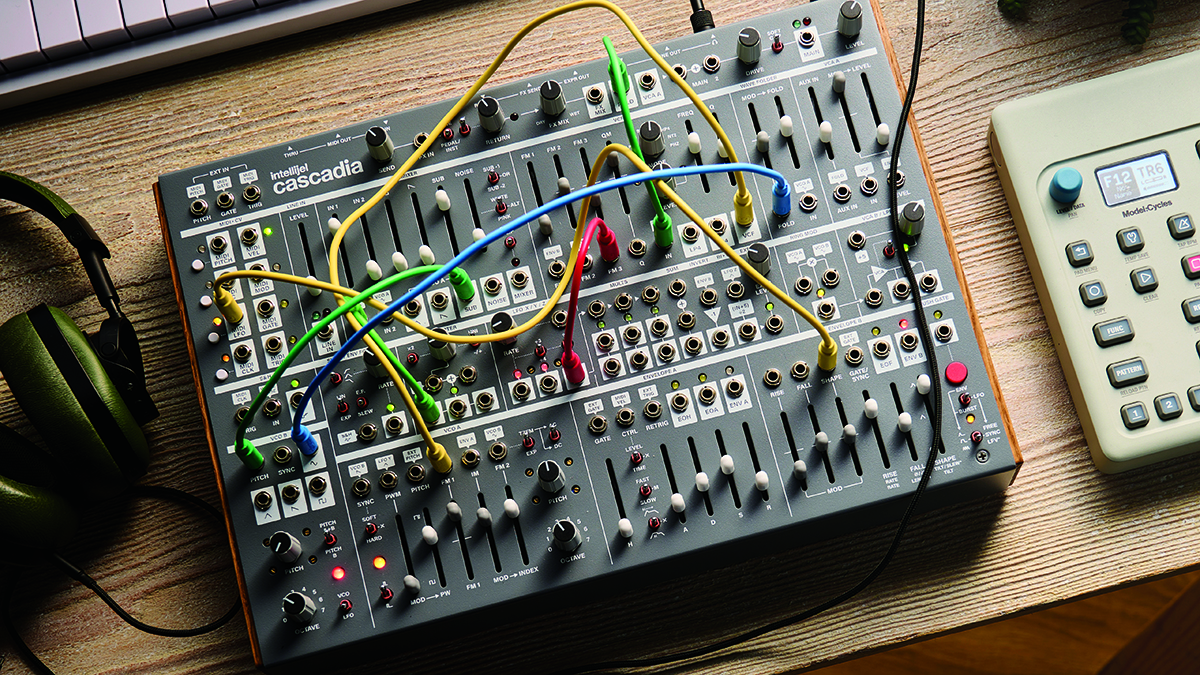
A similar celebration of analogue synthesis, albeit in a more complex and expensive form, comes from Intellijel with the semi-modular Cascadia. With its mix of East and West-coast inspired elements, and lots of modulation options and creativity-assisting utilities, Cascadia offers a perfect sandbox to explore complex creative patching.
6. Roland S-1 Tweak Synth
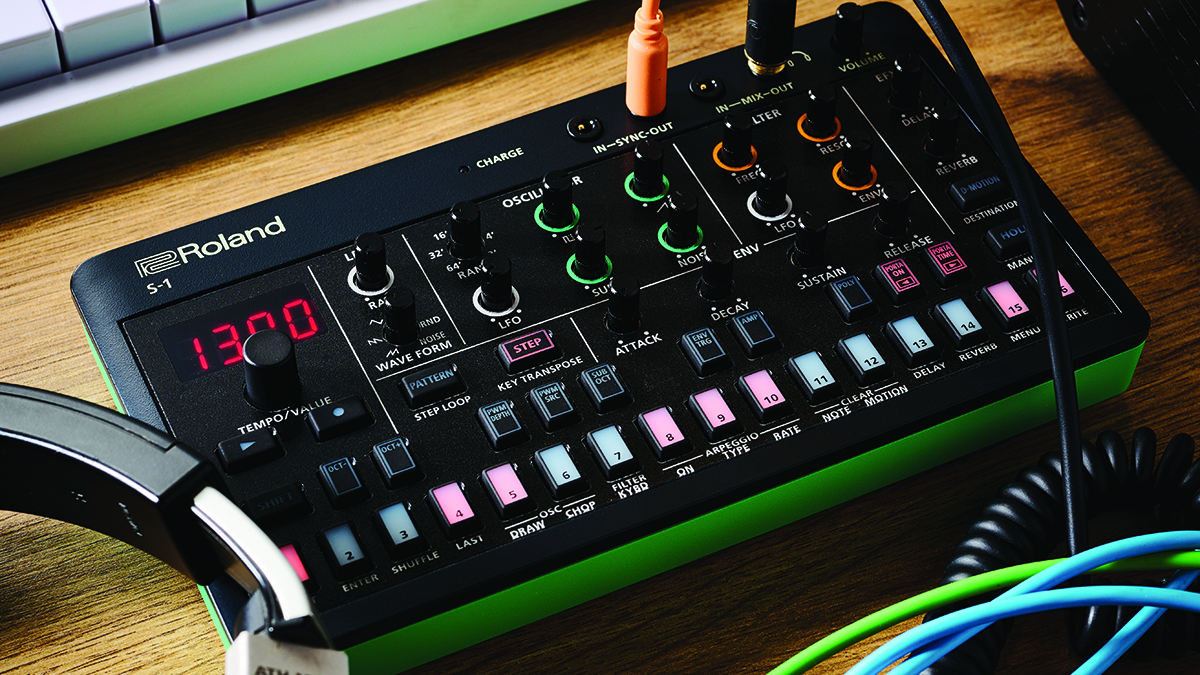
After an abundance of direct reissues or overtly nostalgic releases in recent years, it’s nice to see innovation returning to the synth market. Having spent the past decade releasing various modelled and reworked versions of its classic synths, recent Roland releases have seen increasing flashes of innovation.
That’s true of the SH-4d groovebox but also the pocket-sized S-1 Tweak Synth. Loosely inspired by the sound engine of the SH-101, this tiny virtual analogue is at its best when exploring its Chop and Draw tools, which let the user manually reshape the oscillator waves – not the sort of feature commonly found on entry-level synths.
7. Yamaha CK Series
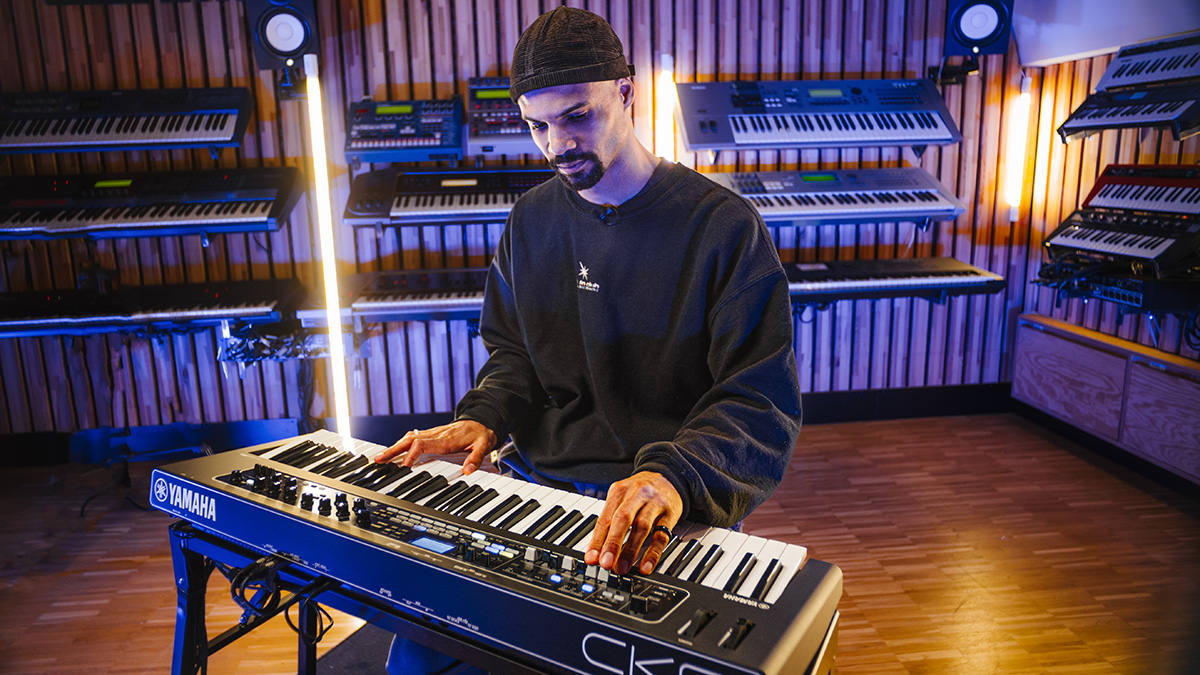
Yamaha is another former analogue brand putting emphasis on multi-functional digital engines. Unlike Roland’s dance music-focused gear, Yamaha is primarily focusing on synth workstations, stage pianos and home keyboards.
This year has seen the brand unveil its update to the Montage range, now including an intriguing ANX1-inspired virtual analogue engine. Our favourite of the brand’s recent releases, however, are its CK Series stage pianos which represent an excellent balance of the brand’s synth heritage and modern stage piano designs.







